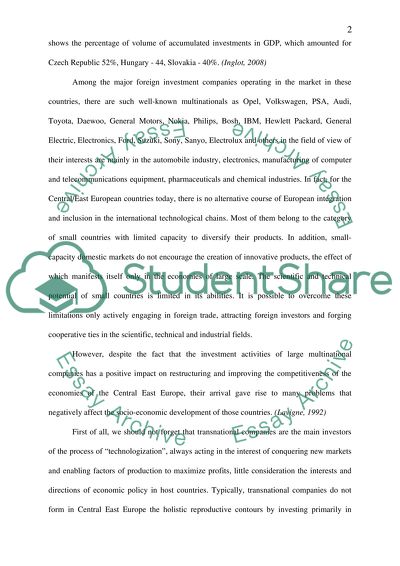Cite this document
(East and Central European Countries Case Study Example | Topics and Well Written Essays - 2250 words, n.d.)
East and Central European Countries Case Study Example | Topics and Well Written Essays - 2250 words. Retrieved from https://studentshare.org/macro-microeconomics/1554470-east-and-central-european-countries
East and Central European Countries Case Study Example | Topics and Well Written Essays - 2250 words. Retrieved from https://studentshare.org/macro-microeconomics/1554470-east-and-central-european-countries
(East and Central European Countries Case Study Example | Topics and Well Written Essays - 2250 Words)
East and Central European Countries Case Study Example | Topics and Well Written Essays - 2250 Words. https://studentshare.org/macro-microeconomics/1554470-east-and-central-european-countries.
East and Central European Countries Case Study Example | Topics and Well Written Essays - 2250 Words. https://studentshare.org/macro-microeconomics/1554470-east-and-central-european-countries.
“East and Central European Countries Case Study Example | Topics and Well Written Essays - 2250 Words”. https://studentshare.org/macro-microeconomics/1554470-east-and-central-european-countries.


